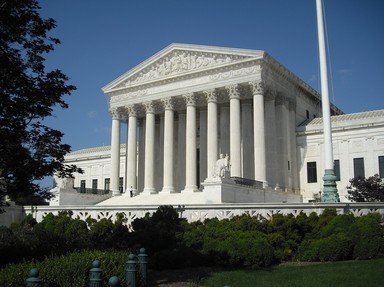Quiz Answer Key and Fun Facts
1. In Marbury v. Madison (1803), the Supreme Court established the precedent of what?
2. Civil rights legislation concerns us all as a society. A 1967 state law banning inter-racial marriage was ruled unconstitutional by the Court for violating both the Equal Protection and Due Process Clauses of the 14th Amendment. Name the case.
3. The Court has issued many opinions dealing with the 1st Amendment's Freedom of Speech clause. In which case did Mr. Justice Holmes make the famous declaration about yelling "fire" in a crowded theater?
4. Which of the following cases deals with the 6th Amendment's right to counsel?
5. "Redistricting" is a subject that becomes an issue once every 10 years with the Constitutionally mandated census. Which Supreme Court case produced the "one person, one vote" rule?
6. The Constitution does not define speech. It has taken many forms over the years, from draft card burning to desecrating the flag. Which of the following cases deals with another form of free speech, symbolic speech?
7. The state of Wisconsin mandated school attendance to age 16. The Amish religion requires only 8 years of education. How did the Court rule in Wisconsin v. Yoder in 1972?
8. We all know that the Constitution is the supreme law of the land. Prior to 1868, with the ratification of the 14th Amendment, Supreme Court decisions applied only to the federal government. What provisions of the 14th Amendment allow the Court to apply its rulings to the states?
9. The Court's decision in Brown v. Board of Education (1954) impacted practically every American. It also caused the Court to do something it rarely does, overturn precedent. The doctrine of "separate but equal" made it Constitutionally acceptable to segregate the races. What case established the "separate but equal" doctrine?
10. Guns! A hot button issue in the U.S. for many years. The Court gave the NRA and all state supporters of the 2nd Amendment a boost with their decision in which of the following cases?
Source: Author
ncterp
This quiz was reviewed by FunTrivia editor
stedman before going online.
Any errors found in FunTrivia content are routinely corrected through our feedback system.
